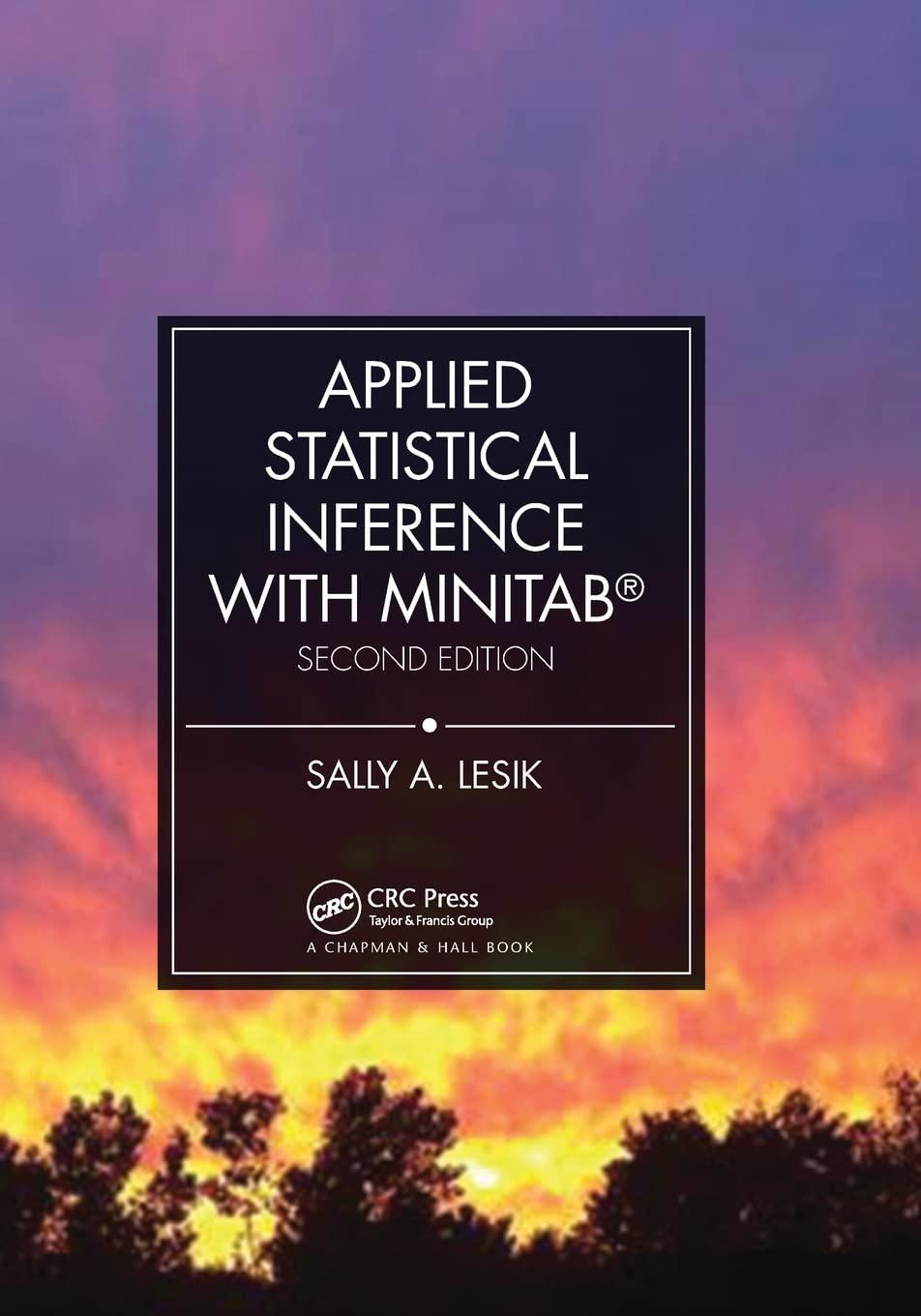The correlation inference that was described in this chapter can only test whether a population coefficient of
Question:
The correlation inference that was described in this chapter can only test whether a population coefficient of correlation is significantly different from 0 . We may also be interested in testing hypotheses for population correlations other than 0 . In order to do this, we need to use Fisher's Z-transformation so that we can obtain a test statistic that is approximately normally distributed. However, this transformation only gives an approximate normal distribution when the sample size is greater than 20.
The test statistic for testing correlations other than 0 is as follows:
\[
Z=\frac{\frac{1}{2} \ln [(1+r) /(1-r)]-\frac{1}{2} \ln [(1+ho) /(1-ho)]}{\frac{1}{\sqrt{n-3}}}
\]
where \(\ln\) is the natural logarithm and \(ho_{0}\) is the population coefficient of correlation being tested under the null hypothesis \(\left(ho_{0} eq 0ight)\). This test statistic is used in a manner similar to that of other test statistics that we have calculated throughout this text. However, because this test statistic follows a standard normal distribution, we will be using the standard normal distribution so we do not need to be concerned with the degrees of freedom. Suppose we have a sample of size \(n=120\), and we want to test whether the true population correlation between two variables, \(x\) and \(y\), is significantly different from 0.70. Suppose, based on sample data, we find that \(r=0.75\).
a. Set up the appropriate null and alternative hypotheses.
b. Calculate the test statistic \(Z\).
c. Using the standard normal distribution, shade in the appropriate rejection region(s) and label the corresponding values of \(z\).
d. Find the \(p\)-value and interpret your results.
Step by Step Answer:






